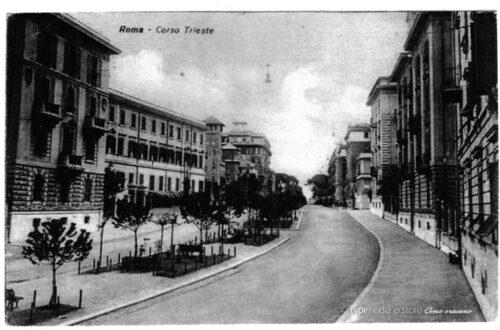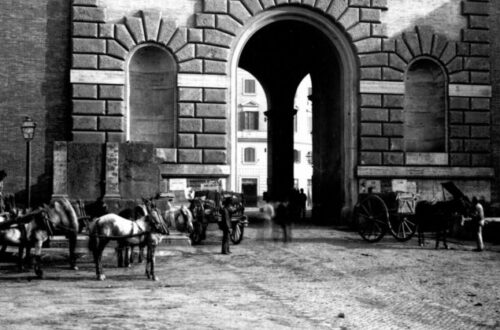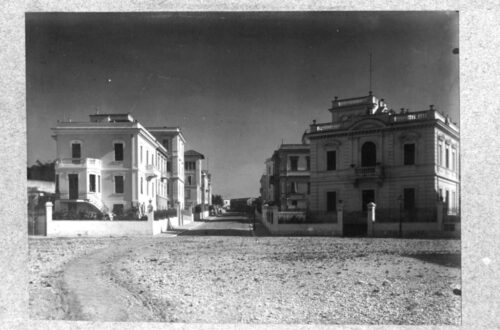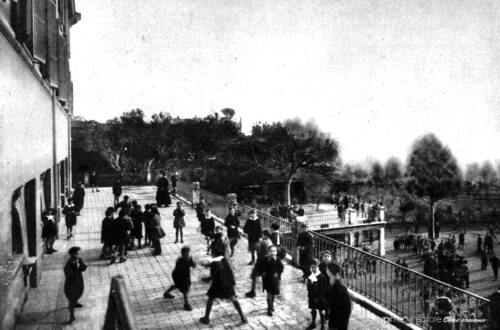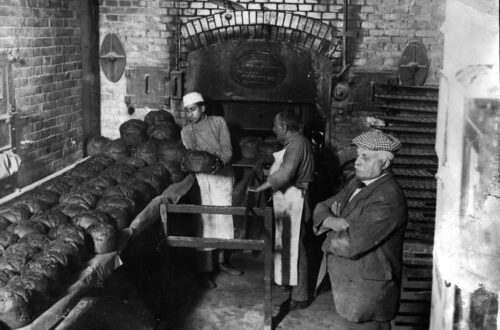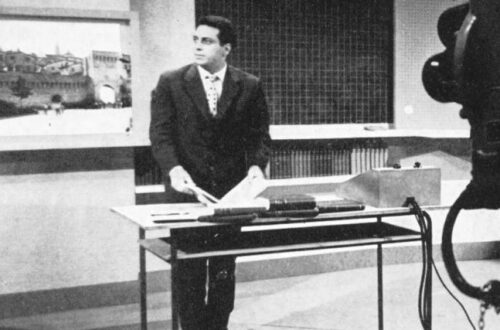Everyine is queuing orderly to get on the bus at the Porta Pia stop. With that hand resting on the shoulder of the person in front, expressing confidence, almost familiarity, and in any case endurance of the crowd in the public transport taken by storm. A popular gesture that seems inspired by the philosophy of ‘we are all in the same boat’. Or, as the case may be, on the same bus.
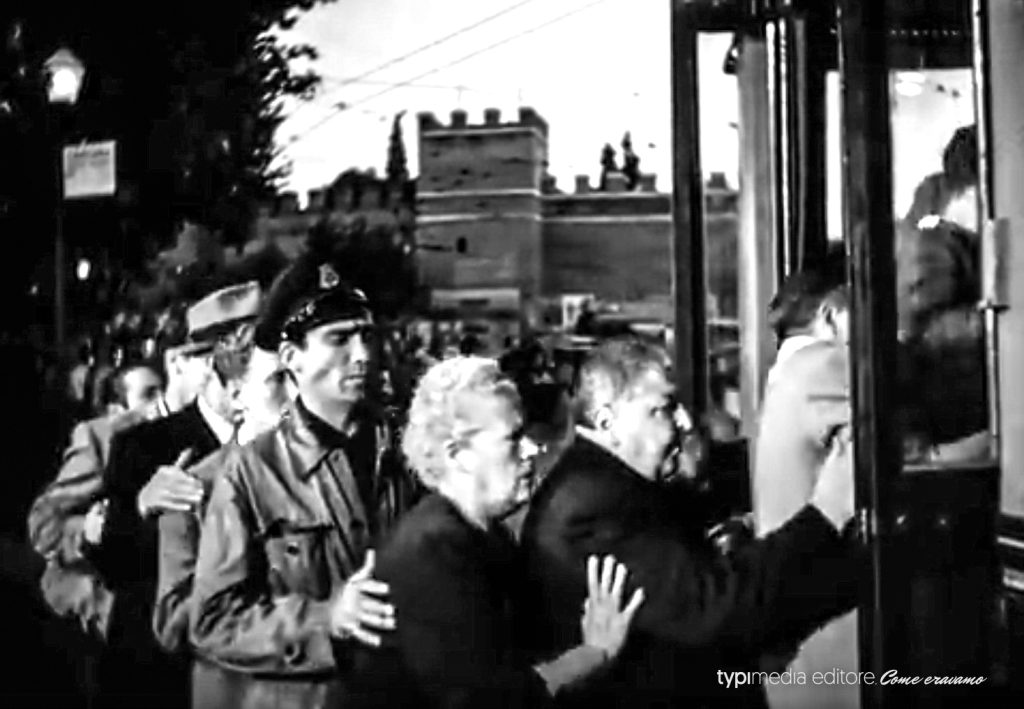
That was how it happened in 1949. The scene is reconstructed for Vittorio De Sica’s masterpiece film, “Ladri di biciclette! (‘Bicycle Thieves’). But it was not called neorealism by chance, that splendid season of Italian cinema. Because the settings were real and the set was often the street. These were the years when Trieste-Salario became the favourite neighbourhood for so many films. Directors shouted into the amplifier cone, stage managers called for silence with the fateful clapperboard. Everyone around falls silent and the camera creates magic.
So inspired by the truth of those films, that even the actors were hard to recognise. In the photo, wearing a visor hat, is the film’s protagonist, Lamberto Maggiorani. A true icon of neorealism also because of his life story. Despite the worldwide success of De Sica’s film, Maggiorani did not want to stop being a worker at Breda, a machinery construction company which had its Roman factory just outside Porta Maggiore. Actor and worker, that with his hollowed-out and suffering face befitted so many plots of Italian neorealism: “With ‘Bicycle Thieves’,” Maggiorani said, “I didn’t get rich. I bought a new dining room, which I then had to resell below cost when I was fired, some clothes, and two pairs of shoes for my children”.
Yes, because in 1952 Lamberto Maggiorani was one of the 450 Roman workers (out of 700) who were fired from Breda from one day to the next. He fought like the others, Maggiorani. Then, like the others, he had to give up. And he had to, then, devote himself only to cinema.
WATCH: How to buy the book “Come Eravamo Trieste-Salario”
WATCH: All the volumes in the series “Come Eravamo”
